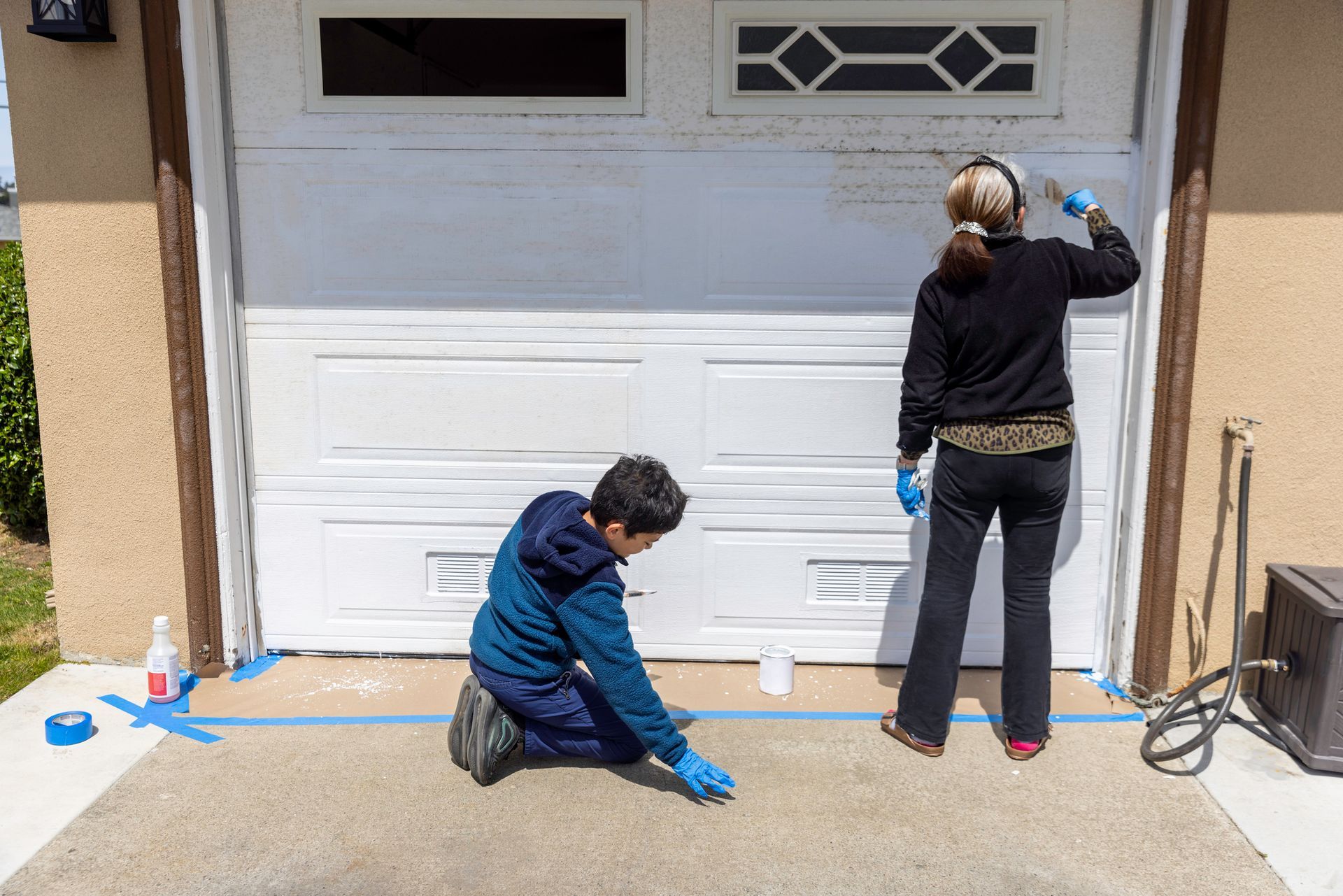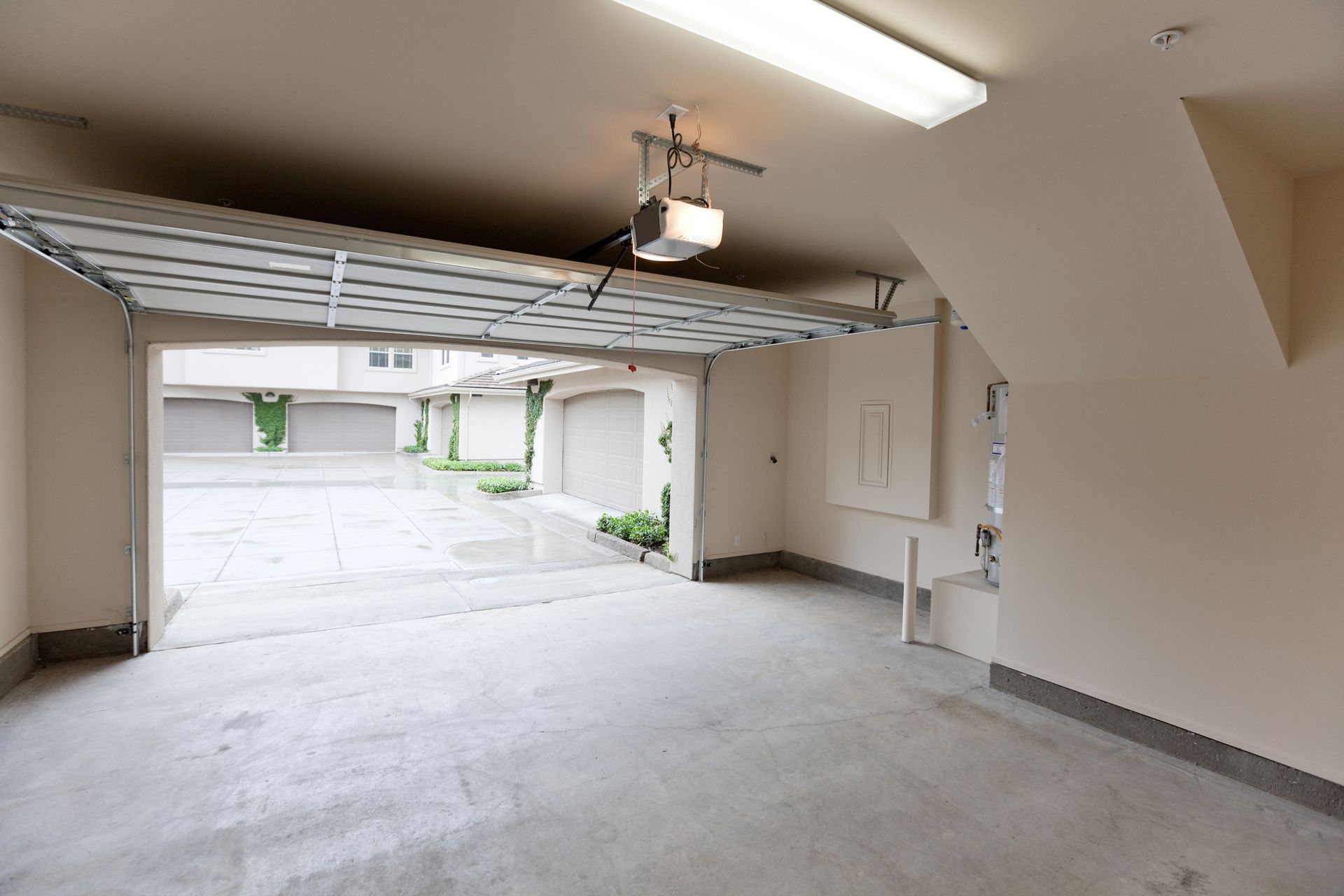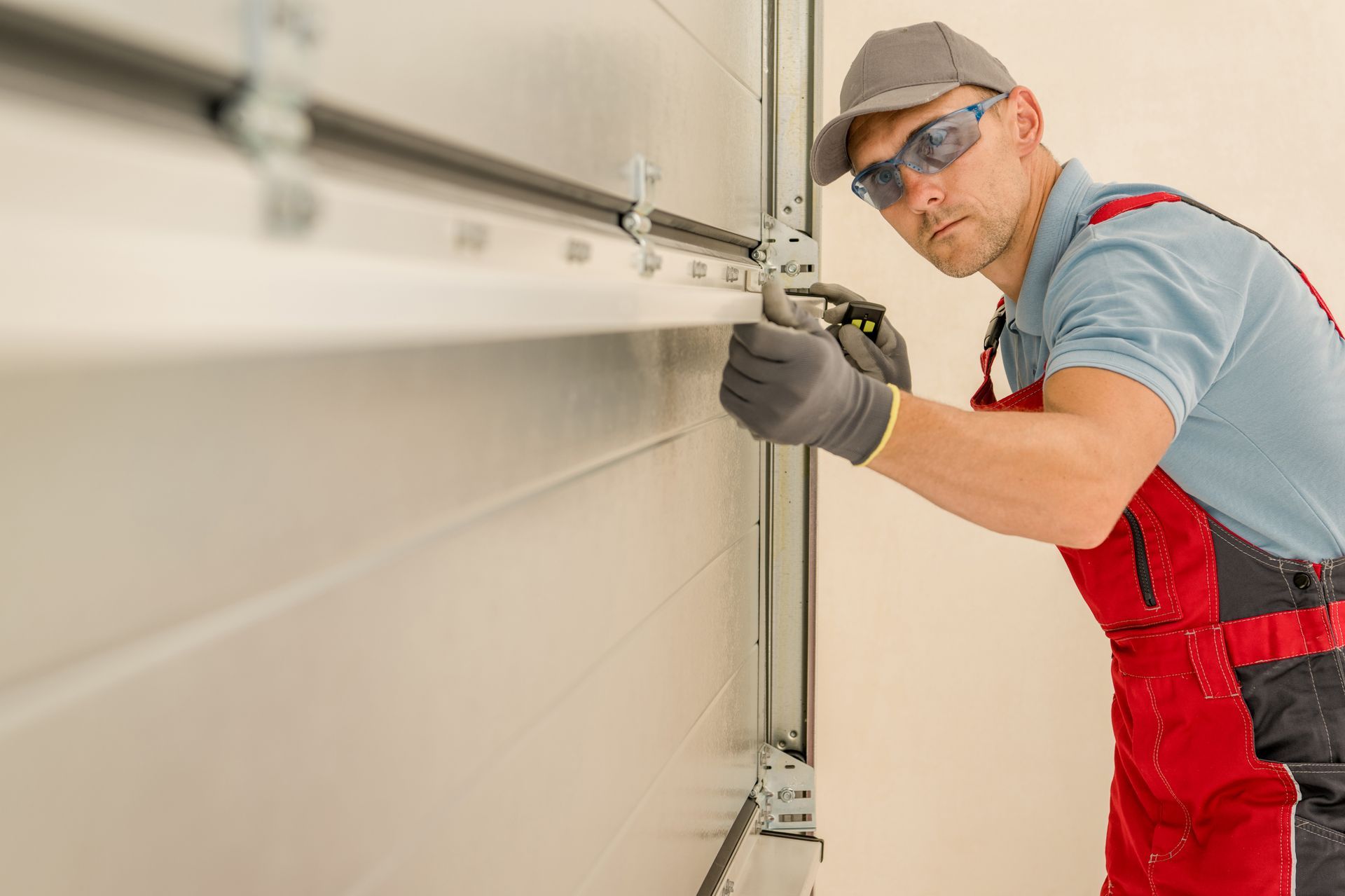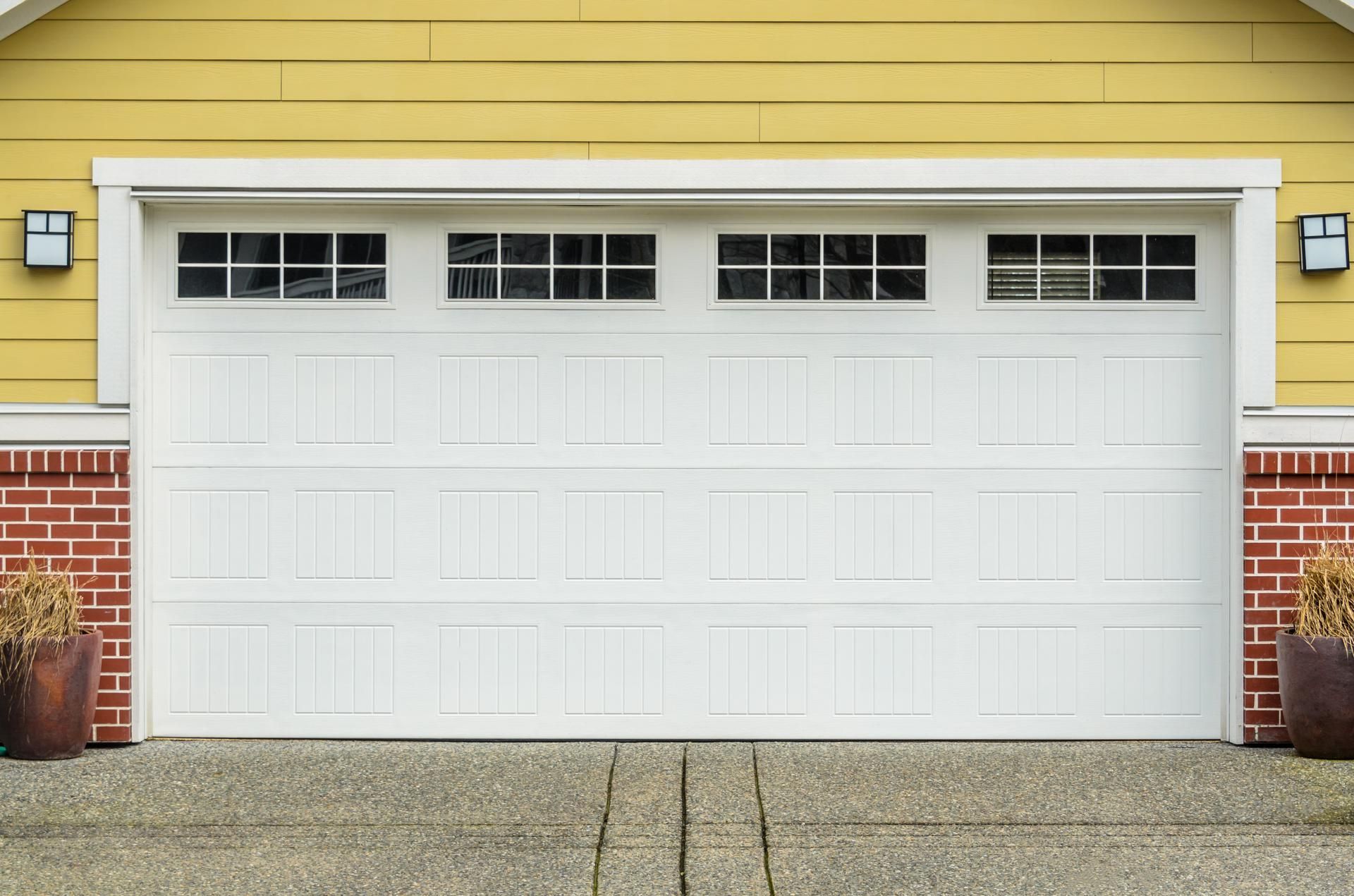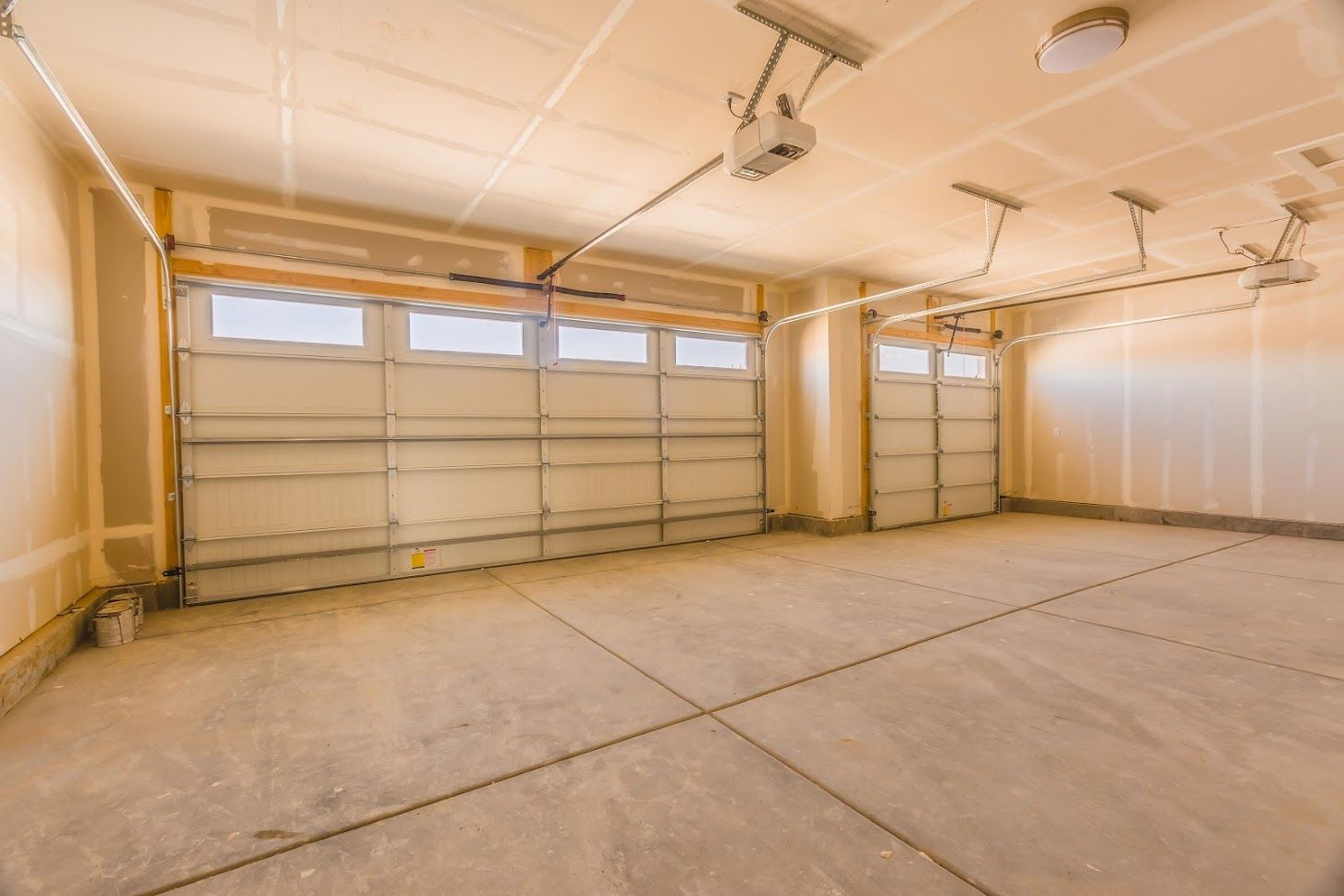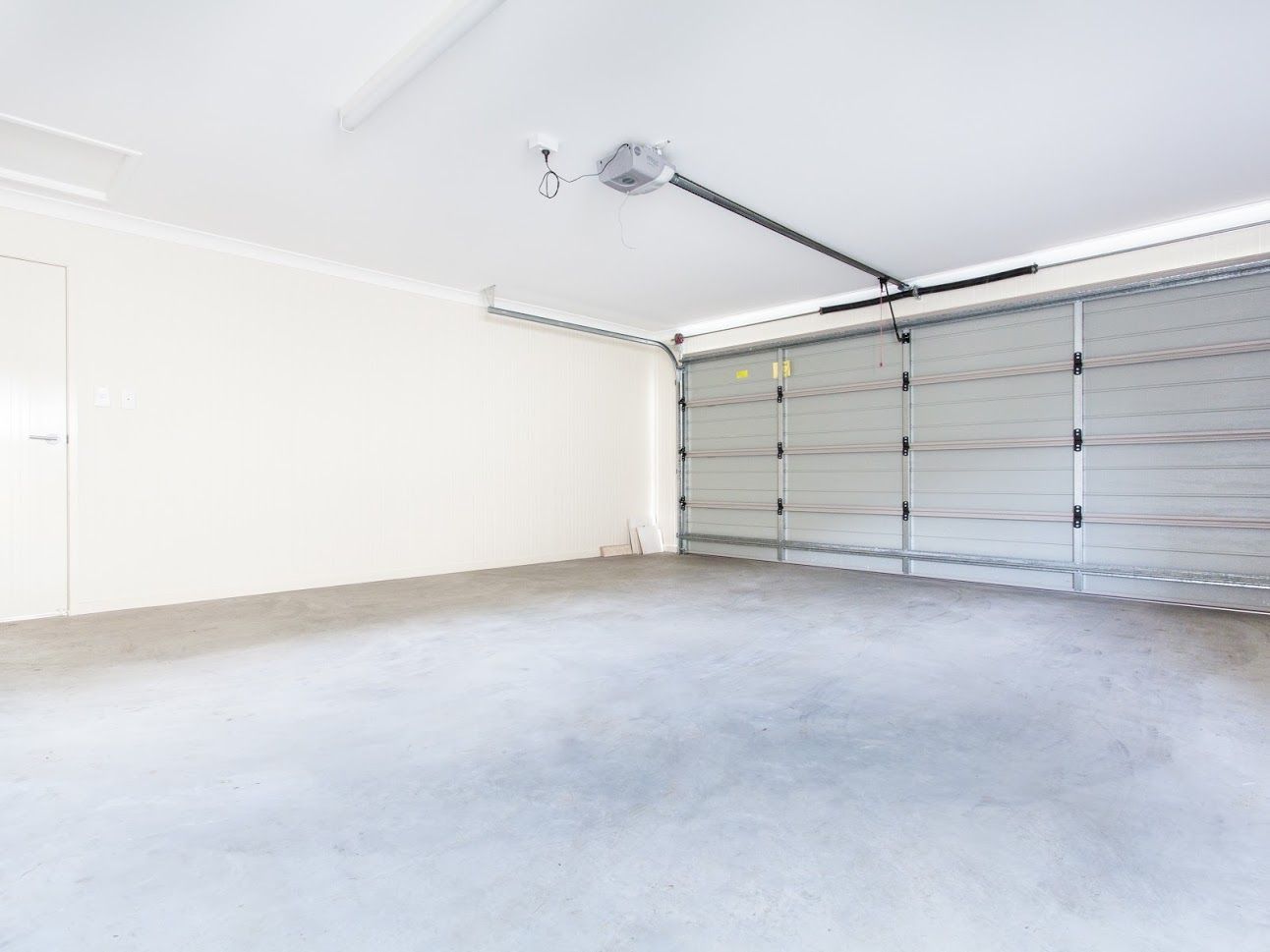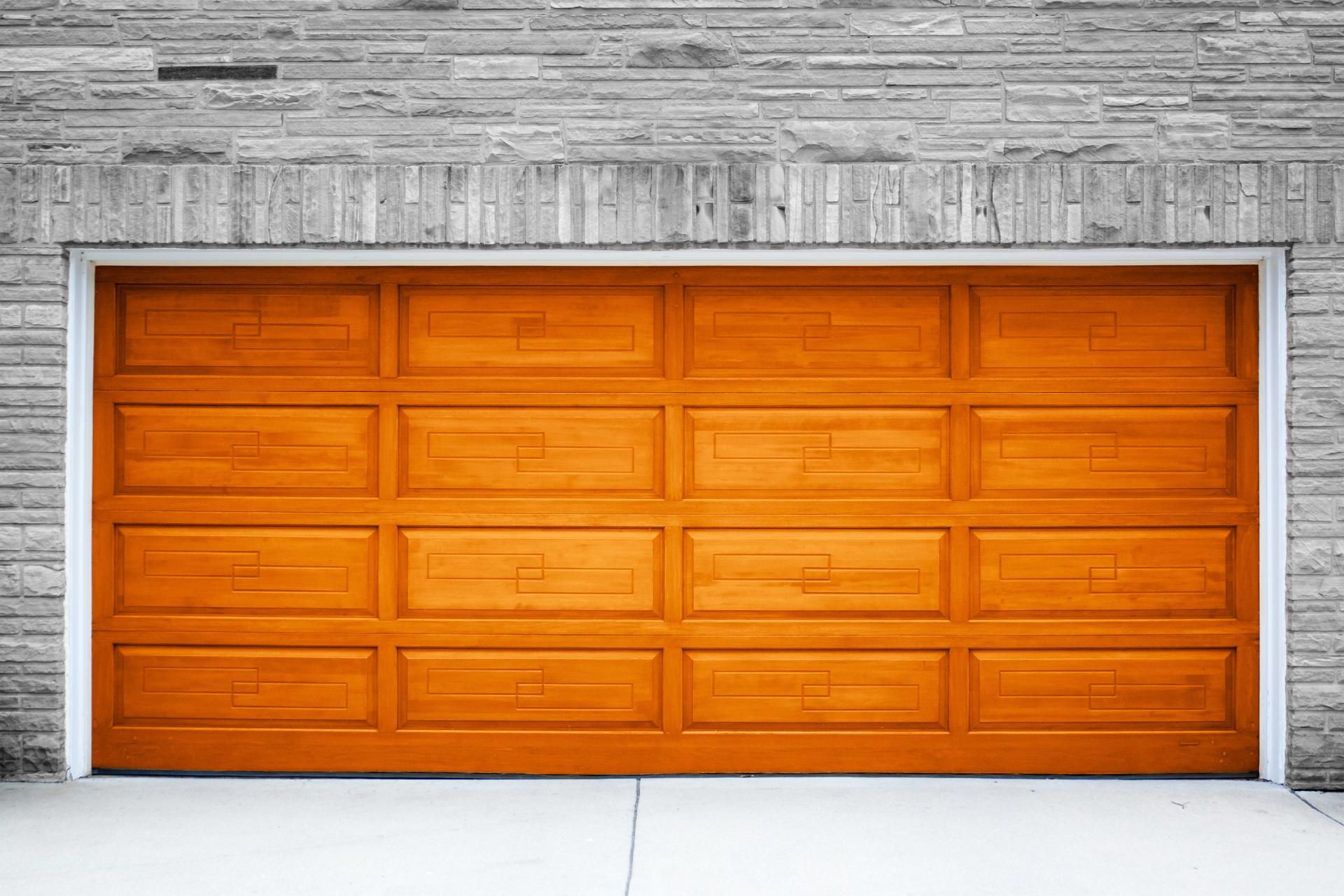Signs of Wooden Garage Door Water Damage and How To Prevent It
Having a functional wooden garage door can improve safety and protect your belongings from damage. While these doors are made to last, they require protection from elements like water, particularly if your area gets torrential downpours or experiences flooding. Water can cause severe damage and force you to get another door sooner than you may have planned.
This post outlines the top signs of water damage and steps to take to ensure your wooden garage door stays in good condition for longer.
Signs of a Water Damage Issue
Several signs can confirm if the wooden garage door needs repair after a flooding incident. They include the following.
Door Warping
When a wooden garage door absorbs large quantities of water, the panels warp and change in size. Other boards may not align, affecting the door's ability to function. Sometimes the door may not operate correctly, creating a safety hazard.
Excessive Weight
When the wooden garage door soaks water, it becomes heavier than usual. Since the water doesn't dry off fast, the water’s extra weight can strain components like the springs and opener. If the excess weight isn't distributed, parts like the rollers, cables, pulleys, and springs can get worn fast.
Do you struggle to open the wooden garage door, or does it creak? If so, it could mean the door's weight has increased, so you should avoid using it for a while to avoid accident risks. For instance, if the springs malfunction, the wooden garage door can come crashing down, creating a safety hazard.
Peeling Paint
After water damage, you may see spots and peeling paint on the wooden garage door or your garage walls. While the extent of the damage may depend on the paint and color, it doesn't mean the door is in good state.
Once you realize the top coat is peeling off after a flooding incident, consult a pro. This issue occurs when water seeps and flows through the garage door materials freely. You'll require expert help to fix the problem.
Mold Growth
When a wooden garage door absorbs water, you risk having a mold infestation problem. Aspects like high moisture content, material, and lack of sunlight worsen mold infestation risks. Therefore, mold may grow on the door after water damage if there is no adequate sunlight to dry it.
Without expert help, you may not notice the signs of mold growth until white or black spots appear on the door or walls. This is why it's vital to consult a professional immediately after a water damage incident to avert mold growth.
Once you notice any of these indicators, seek repair services. Act fast to prevent further deterioration and keep your home safe.
Efficient Ways to Avoid Garage Door Water Damage
After you repair the wooden garage door, you may consider some solutions to prevent further water damage. Here are some of these preventative measures.
Get a Better Door
If your wooden garage door is damaged severely after flooding, you should get a new one. A new door can protect the garage and your entire home against harsh weather conditions. Choose a high-door material, particularly if you experience flooding incidents often.
Mount Threshold Seals
A threshold seal has rubber strips that ensure water doesn't flow into the garage floor easily. These strips provide a tight seal to keep the water away. The seal also guides water away with the help of a functional drainage system
Get a Drainage System
The best way to ensure water flows away from the garage area after fixing the door and mounting seals is to install a proper drainage system. The pipes direct water away, clearing the water pools near the garage area or home.
Whenever you require a wooden garage door repair or replacement service, consider consulting professionals at Byers & Butler. Contact us today!



